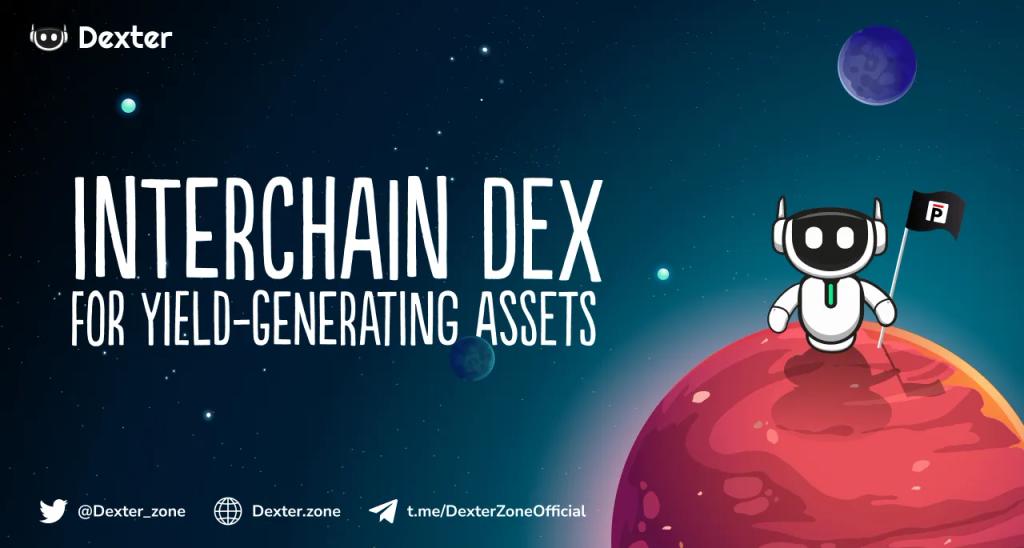Background and History
Burve was developed to solve several issues within decentralized finance, particularly around liquidity management and the interoperability of financial products. The platform brings together various services like decentralized trading and lending to provide users with a cohesive DeFi ecosystem. Through solutions like LaunchDEX and Burve Lending, Burve seeks to improve user experiences in decentralized trading and asset management, ensuring better liquidity and capital efficiency across the protocol.
Key Features and Technologies
LaunchDEX
LaunchDEX is Burve’s decentralized exchange platform, designed to offer efficient and secure token trading. It uses automated market makers (AMMs) to eliminate traditional order books, ensuring trades are executed with minimal slippage. LaunchDEX also introduces intra-ecosystem definitions that provide standardization and smooth interactions between tokens within the Burve ecosystem.
Burve Lending
Burve Lending allows users to lend and borrow assets in a decentralized manner. It utilizes lending pools, where users can deposit assets to earn interest or take out loans using collateral. This system enables decentralized liquidity provision while providing users with greater control over their assets.
Burve SDK
The Burve Software Development Kit (SDK) is a set of tools designed for developers to build applications on top of the Burve protocol. The SDK simplifies interaction with Burve’s core features, such as LaunchDEX and Burve Lending, enabling the creation of decentralized applications (dApps) that integrate seamlessly into the ecosystem.
Burve Appchain
The Burve Appchain is a custom blockchain developed specifically for the Burve ecosystem. It aims to improve scalability and security for DeFi operations. By running on a dedicated chain, the platform can handle increased transactions while maintaining high performance and security.
Bonding Curves and AMM
Burve leverages bonding curves and automated market makers (AMMs) for liquidity management. The bonding curve mechanism dynamically adjusts token prices based on supply and demand, promoting a balanced and efficient market. AMMs allow liquidity to flow more freely, reducing slippage for users and improving overall trading efficiency.
Usage and Applications
Trading on LaunchDEX
LaunchDEX allows users to swap various tokens within the Burve ecosystem, utilizing AMMs to ensure minimal slippage and faster transactions. The platform supports single-sided liquidity provision, meaning users can provide liquidity without needing to deposit two tokens into a pool, enhancing capital efficiency.
Lending and Borrowing
Users can deposit assets into lending pools via Burve Lending, earning interest over time. Borrowers can take loans using their deposited assets as collateral, giving them access to liquidity without the need to sell their holdings.
Building on Burve SDK
Developers can use the Burve SDK to create decentralized applications that integrate directly with Burve’s infrastructure. This opens up opportunities for expanding the protocol’s capabilities and building new services on top of the existing ecosystem.
Governance Token
There is no specific mention of a governance token in the provided documentation. However, governance could be facilitated through the use of tokens within the ecosystem, enabling users to participate in decision-making processes.
Notable Events
-
April 2023 — Platform Launch: The Burve protocol officially launched, introducing its core features such as LaunchDEX and Burve Lending.
-
July 2023 — Release of Burve SDK: Burve SDK was made available for developers, allowing them to build on the platform and integrate with the Burve protocol.
-
August 2023 — Security Audits Completed: Burve successfully completed its security audits, ensuring the platform’s smart contracts and protocols are secure.
Relevant Metrics and Data
-
Security Audits: The platform has undergone security audits, which were successfully completed, confirming the safety and integrity of its smart contracts.
-
Liquidity Pools: Burve operates liquidity pools to support trading and lending activities, managed through the platform’s AMM and bonding curve mechanisms.







